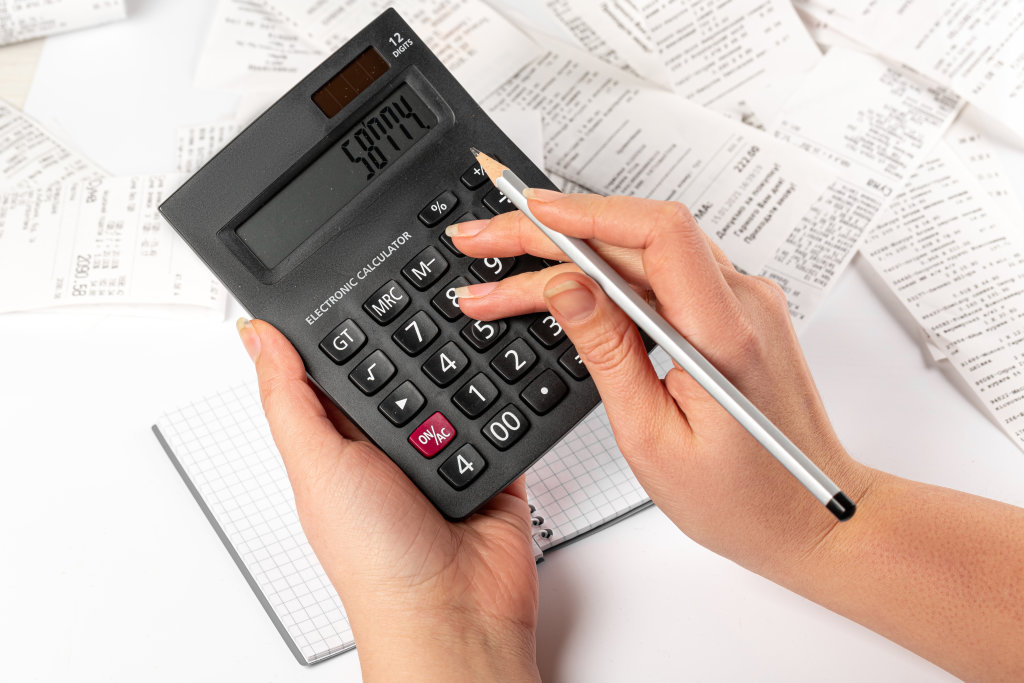10 reasons why you may have lost that tender…

9th June, 2020
We have put together a list of the 10 most common reasons why construction tenders are unsuccessful :
- Human Error
Human error is the most common mistake made in tenders, and it is a direct cause of most of the other mistakes that follow. It is also the most difficult error to control as humans will always make mistakes, but, there are certainly actions that can be taken to minimise these errors.
Tendering is a very rushed process, often clients give contractors insufficient time to prepare the bid, often contractors are too busy to devote a lot of time to a bid and there is also a reluctance to spend a lot of time tendering as it can often be wasted time if the contractor does not win the job.
The use of take-off and pricing software can reduce the risk of human error regarding quantification and pricing the job incorrectly. It can also speed the tendering process up for contractors.
2. Incorrect Formatting
Tenderers can be penalised or disqualified if they do not follow the specified formatting that the client requested. Different types of tender may require specific documents to be submitted for the tender to be valid, so it is important to thoroughly read all the information received to ensure nothing is forgotten about.
A tenderer may request multiple copies to be submitted or different formats. For example, they may ask for a version without pricing information; or an Excel-format document to be submitted or a hard copy submission, so that different members of the procurement team can review the bid. The client may also request that questions are answered in a certain way or that value engineering proposals should be submitted. Therefore, it is important to be meticulous in checking that the tender meets the required formatting and number/type of copies asked for by the client.
3. Missing Information
Tenderers can also be penalised or disqualified if there is required information that is missing from their tender bid, for example if a question is left unanswered, or provisional sums have been forgotten, or the pricing schedule has not been followed. Sometimes the bidder may be allowed to provide the information that is missing, although this cannot be guaranteed and often the tender is simply disqualified. Another common mistake is forgetting to sign all the necessary documents in the tender.
4. Misunderstanding information
A clear misunderstanding of information or scope in the tender submission can seem highly unprofessional to a client and almost instantly remove the chance of a successful bid. Misinterpreting drawings can also lead to inaccurate measurement or pricing which can also negatively impact a tender as the estimated cost can either be too much or too little as a result.
5. Inaccurate costings
A tender pricing document will typically be provided for completion by tenderers. This makes it easier for those reviewing the tender bids to compare the various submissions. If this is submitted incorrectly, the final prices, and the rest of the estimate may be discarded by the client. It is also important to not just price this schedule without looking at drawings as often items can be missing from the client prepared schedule.
It is also important to obtain accurate and competitive prices from subcontractors to include in the bid price. This means that the scope of work/services being requested from subcontractors must be clearly defined in order to avoid unnecessary or inaccurate costs being incorporated within the tender bid. It is also important to ensure when sub-contractors are measuring works that nothing is overlapped or doubled up in pricing in multiple packages, obviously adding unnecessary expense to a tender submission.
It is also important for the contractor to accurately price each individual item as a client may wish to remove certain items from the tender. i.e. be consistent in pricing and do not insert all profit in a few items and then under-price other items.
6. Inaccurate Measurement
The contractor must spend an adequate amount of time reviewing the plans and specifications to be able to provide accurate measurements. Care should be taken to ensure that measurements taken from the drawings accurately reflect the pricing schedule, notes and tender information. Accurate measurement is essential in ensuring an accurate price is submitted to the client and the tenderer should also ensure that the correct method of measurement is followed on the project. E.g. SMM7 or NRM2.
Large errors in quantification may also be noticed by the clients Quantity Surveyor, again making the tendering contractor seem unprofessional. With most contractors using the same sub-contractors within a specified geographical area, often it is incorrect measurement of certain packages by the main contractor which can win or lose a tender, as in most cases the priced rates will be the same.
7. Spelling and Grammatical errors
A tender bid that contains spelling and grammatical mistakes, while not necessarily disqualifying the tenderer, may present the client with an unprofessional impression. To avoid this, documents should be carefully checked and proof-read to correct any errors before sending to the client. This step is often never carried out due to the busyness of contractors. This final proof-reading step could also prevent some of the other mistakes from this article being made.
8. Failing to visit the site
Every construction site is different. Failing to visit it prior to submitting a tender can mean that the bidder does not have a comprehensive understanding of the requirements of the project, the needs of the client, and the likely conditions that will need to be considered within the bid. This can also be a problem if the bid is successful and issues become apparent once work begins. Visiting the site is also an essential part of accurately pricing the works, allowing for necessary prelims for difficult sites, allowing for sufficient demolitions and strip out as well as finding out about the site topography and site access/egress points.
9. Late Submission
This is surprisingly common and will almost certainly result in the disqualification of the tender bid. Late submission often occurs as a result of the contractor leaving their tender bid too late to complete. This can occur as a result of busyness or human error and can be prevented by starting a bid early and allowing sufficient time for its completion.
10. Overlooking Risks
Identifying and managing risks is probably the most overlooked aspect of preparing a tender bid. Every construction project comes with its own unique set of risks. Once the contractor has identified the potential risks, they need to analyse and evaluate each one individually so that they can be properly managed and mitigated if they occur. Risk also needs to be factored into the price for the construction work as often the risk on a project falls on the contractor. Every construction project has risks that need to be considered. E.g. design risks, suitability of ground risks, construction risks etc.




